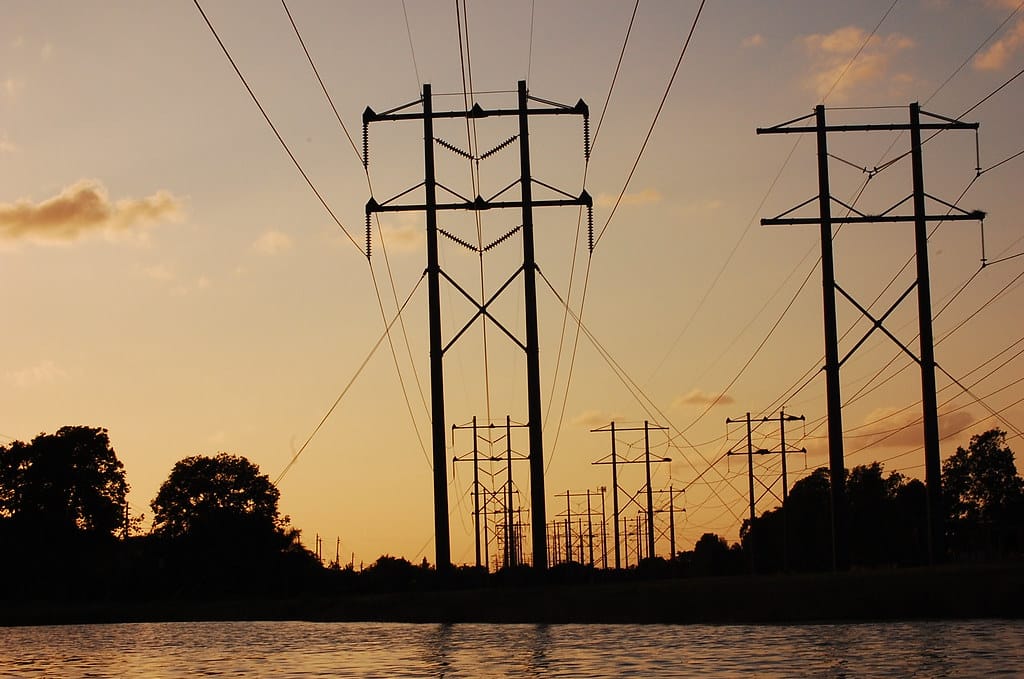AEP Rate Increase Explained: A Look Back At Contributing Factors

Welcome to your ultimate source for breaking news, trending updates, and in-depth stories from around the world. Whether it's politics, technology, entertainment, sports, or lifestyle, we bring you real-time updates that keep you informed and ahead of the curve.
Our team works tirelessly to ensure you never miss a moment. From the latest developments in global events to the most talked-about topics on social media, our news platform is designed to deliver accurate and timely information, all in one place.
Stay in the know and join thousands of readers who trust us for reliable, up-to-date content. Explore our expertly curated articles and dive deeper into the stories that matter to you. Visit Best Website now and be part of the conversation. Don't miss out on the headlines that shape our world!
Table of Contents
AEP Rate Increase Explained: A Look Back at Contributing Factors
American Electric Power (AEP) customers are facing a significant rate increase, leaving many wondering why. This isn't an isolated incident; utility rate hikes are becoming increasingly common across the nation. But understanding the specific factors driving AEP's increase requires delving into the complexities of energy production, infrastructure maintenance, and regulatory processes. This article breaks down the key contributors to the recent AEP rate hike and offers insights into what consumers can expect moving forward.
Rising Fuel Costs: A Major Culprit
One of the most significant factors pushing up AEP rates is the dramatic increase in fuel costs. Natural gas, a primary fuel source for many AEP power plants, has experienced substantial price volatility in recent years. This volatility is influenced by global events, supply chain disruptions, and increased demand. The war in Ukraine, for example, significantly impacted global energy markets, leading to higher prices for natural gas and other fuels. This direct correlation between fuel costs and electricity prices means that fluctuations in the fuel market directly impact consumer bills.
Infrastructure Investments & Upgrades: A Necessary Evil
AEP, like other utility companies, is investing heavily in modernizing and upgrading its aging infrastructure. This includes replacing aging power lines, transformers, and substations. These investments are crucial for ensuring reliable electricity service and improving grid resilience. While essential for long-term grid stability and preventing widespread outages, these infrastructure projects represent substantial upfront costs that are often passed on to consumers through rate increases. These improvements, while costly in the short term, aim to reduce future maintenance expenses and improve overall efficiency.
Regulatory Changes and Compliance Costs: Navigating the Legal Landscape
Utility companies operate within a complex regulatory environment. Changes in regulations, compliance costs associated with environmental standards (such as those related to carbon emissions), and the costs associated with meeting increasingly stringent safety regulations all contribute to the overall cost of providing electricity. These regulatory hurdles can significantly impact a utility's operational expenses and, consequently, the rates charged to customers. The ongoing transition to cleaner energy sources also adds complexity and cost to the equation.
Increased Demand and Population Growth: Meeting Growing Needs
The increasing demand for electricity, fueled by population growth and economic development within AEP's service territory, also puts pressure on pricing. As the demand rises, so does the need for increased generation capacity, further impacting costs. Managing this growth requires strategic planning and investment, factors that can influence rate adjustments.
What Can Consumers Do?
While the rate increase is unavoidable for now, consumers can take steps to manage their energy consumption and reduce their bills. This includes:
- Energy-efficient appliances: Investing in energy-efficient appliances can significantly reduce energy consumption.
- Smart thermostats: Utilizing smart thermostats can optimize heating and cooling, resulting in energy savings.
- Energy audits: Conducting an energy audit of your home can identify areas for improvement and pinpoint energy waste.
- Conservation practices: Adopting simple energy-saving practices, such as turning off lights when leaving a room, can add up to significant savings over time.
Looking Ahead:
The AEP rate increase highlights the multifaceted challenges facing the energy sector. While the immediate impact on consumers is a higher electricity bill, the long-term benefits of infrastructure upgrades and investments in cleaner energy sources should be considered. Staying informed about AEP's initiatives and exploring energy-saving strategies can help mitigate the impact of these rate adjustments. For more detailed information, visit the official AEP website. [Link to AEP website]

Thank you for visiting our website, your trusted source for the latest updates and in-depth coverage on AEP Rate Increase Explained: A Look Back At Contributing Factors. We're committed to keeping you informed with timely and accurate information to meet your curiosity and needs.
If you have any questions, suggestions, or feedback, we'd love to hear from you. Your insights are valuable to us and help us improve to serve you better. Feel free to reach out through our contact page.
Don't forget to bookmark our website and check back regularly for the latest headlines and trending topics. See you next time, and thank you for being part of our growing community!
Featured Posts
-
 Book Excerpt Surfaces Caleb Williams On His Love For The Bears
May 31, 2025
Book Excerpt Surfaces Caleb Williams On His Love For The Bears
May 31, 2025 -
 Caleb Williams Addresses Controversial Book Excerpt Reiterates Commitment To The Bears
May 31, 2025
Caleb Williams Addresses Controversial Book Excerpt Reiterates Commitment To The Bears
May 31, 2025 -
 Uche Ojeh Husband Of Sheinelle Jones Dead At 45 Remembering His Life
May 31, 2025
Uche Ojeh Husband Of Sheinelle Jones Dead At 45 Remembering His Life
May 31, 2025 -
 Draper Vs Fonseca A Potential French Open 2025 Clash
May 31, 2025
Draper Vs Fonseca A Potential French Open 2025 Clash
May 31, 2025 -
 Dodgers Legends Our Top 10 All Time Players
May 31, 2025
Dodgers Legends Our Top 10 All Time Players
May 31, 2025
